Wap Welcome to visit Love Fishing
Fishing is a method of catching fish, which can be traced back to ancient humans 50,000 years ago. The fishing activities recorded in our country appeared in the Book of Songs. Since ancient times, they have been regarded as outdoor activities that are beneficial to the body and mind, and have formed many terms that have become customs. Let’s take a look at the complete collection of fishing terms and explanations!
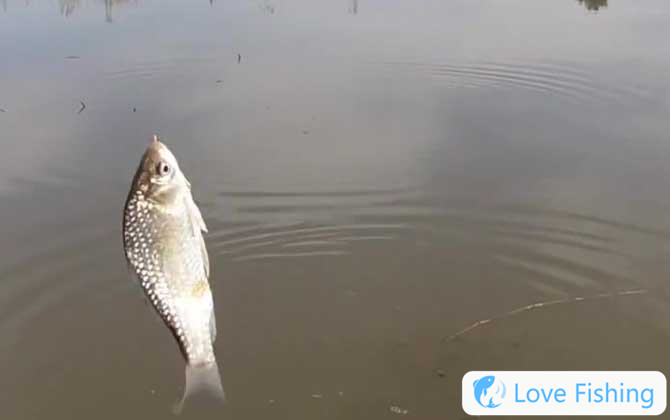
1. Crowds
1. Electrician: refers to a person who illegally electric fish.
2. Net worker: refers to the person who goes down the net to catch fish.
3. Loach Party: refers to people who use loach to fish.
4. Anchor fish party: refers to a person who uses an anchor to hook cat fish.

2. Breeding
1. Build a nest: refers to putting nest materials at the fishing spot before fishing to attract fish to feed, thus forming a nest, which is convenient for fishing.
2. Dead nest: It means that all the fish in the nest ran away for various reasons. It may be a problem with the nest material or the fish was scared away.
3. Break the nest: refers to small fish fighting for bait in the nest. It is most common when fishing in wild. Break the nest with small fish is definitely annoying.
4. Draw a nest: refers to the throwing rod and lifting rod with a higher frequency during fishing. The purpose is to allow the bait to scatter at the fishing point to form a nest.
5. Leaving the nest: It means not to fish in other people's nests, but it is not recommended, but sometimes it is a helpless move.
6. Fried nest: It means that the nest is like a bomb that has been blown up, and the fish have been run away. It is common for improper fishing or tangenting the line to run.
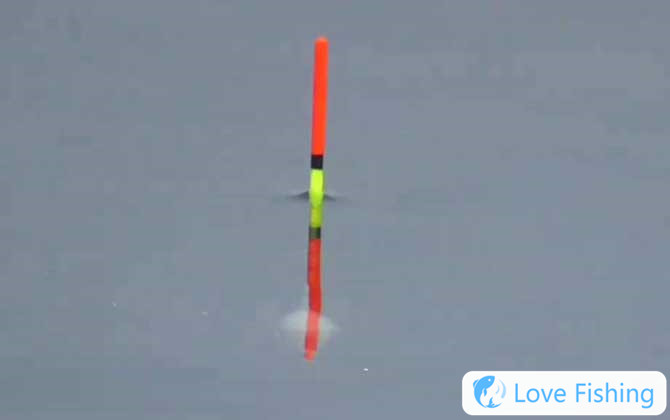
3. Fishing spots
1. Wild fishing: refers to fishing in natural water bodies, characterized by complex water conditions, many types of fish, large individual differences, and uneven distribution.
2. Pool fishing: refers to fishing in a breeding pond, which is characterized by simple water conditions and single fish species, small individual differences and even distribution.
3. Black pit: refers to the fashionable title of commercial fish ponds by fishermen, and the charge ranges from dozens of yuan to thousands of yuan per hour.
4. Direct fishing: refers to fishing on a day when putting fish in a black pit. Its characteristics are that the fish mouth is good, the density is high and easy to catch, but the charges are relatively expensive.
5. Stealing donkeys: refers to fishing in the black pit without putting fish every day. The target fish is the old slippery fish that is not easy to catch.
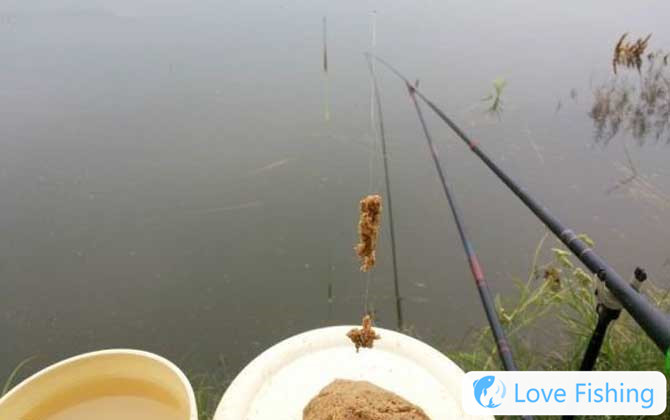
4. Bait
1. Pulling bait: refers to using the bait to pull the bait on the hook with a light bait, which is suitable for fast fishing of crucian carp and other small fish.
2. Rub bait: refers to rub the bait into a certain shape with your hands and then put it on the fish hook, which is suitable for fishing for large fish such as carp.
3. Bad shaving: refers to the repeated use of fish when eating bait. It is commonly found in black pits, indicating that the fish is very vigilant.
4. Bad-water ratio: refers to the volume ratio of bait and water. For example, when the bait-water ratio is 1:1, it means that a cup of water needs to be added to a cup of bait.
5. Small medicine: refers to various food accelerators, food attractants, etc. added to the bait, which is used to enhance the fish attracting effect of the bait.
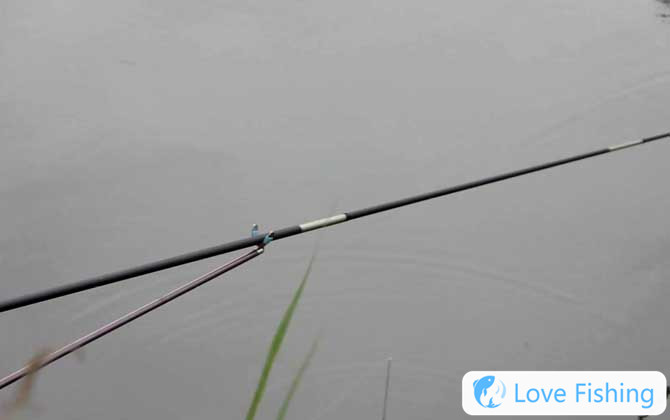
5. Fishing gear
1. Sub-line: refers to a section of fishing line in the platform fishing line group that connects the fish hook and the eight-character ring, also known as the mouth line, brain line, sub-line, etc.
2. Main line: refers to a section of fishing line connecting the eight-character ring and the pole in the platform fishing line group, also known as large lines, bus lines, road systems, etc.
3. Tone: refers to the ratio of the position of the bending point when the fishing rod is equally divided into 10 parts according to the length, and the horizontal force is 0.1 kilogram.
4. Hardness: refers to the overall hardness of the fishing rod. It is commonly used to represent H, such as 2H, 4H, 5H, 8H, 10H, 12H, etc.
5. Tangent: refers to the fishing line being pulled out by the fish if it exceeds the maximum pulling value. If the rod is pulled out instantly, it is called "slashing in seconds".
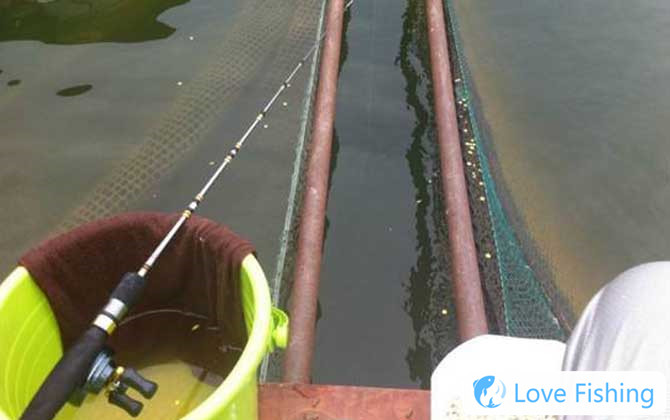
6. Fishing method
1. Traditional fishing: refers to traditional fishing techniques. Except for Taiwanese fishing and lure fishing, the other fishing methods can be collectively called traditional fishing.
2. Taiwan fishing: refers to Taiwan’s fishing techniques. Because the lead pendant is suspended in water, it is also called suspended fishing. It is also one of the mainstream fishing methods at present.
3. Fishing trip: refers to the distance between the fishing bait falling in the water, which is suitable for use when the fish layer is uncertain or the distribution of multiple water layers.
4. Fishing for water skin: refers to fishing for the upper layer of the water surface, which is suitable for fishing for upper layer of fish, but in some special circumstances, the bottom layer of fish also needs to fish for water skin.
5. Fishing and running lead: refers to the unfixed position of the lead sinker, so that the lead sinker can slide freely on the main line, which is suitable for small fish to make a fussy nest.

7. Float
1. Find the bottom: It means to understand the water depth at the fishing spot before fishing. The most common method is to increase the weight of the lead sinker to make the lead sinker to the bottom.
2. Half water: refers to the fishing gear being completely off the bottom, not half the depth of the water. As long as the fishing gear being completely off the bottom, it is considered half water.
3. Level water: refers to the top of the float that is just parallel to the water surface. The vertical float can be regarded as adjusting the "0" image when adjusting the water level.
4. Adjustment of the mesh: refers to the empty hook or no hook in a semi-water state, and trimming the lead to expose the number of mesh that the float wants to adjust.
5. Fishing Eye: refers to the double hook after hanging the bait, and by moving the position of the float, the float dew just out of the number of fish you want to fish.
6. Blunt fishing: refers to appropriately reducing the sensitivity of the line group when adjusting the float. The advantage is that the line group has good stability and many real signals.
7. Fishing spirit: refers to appropriately improve the sensitivity of the line group when adjusting the float. The advantage is that the signal conduction is fast, but there are more false signals.
8. Floating appearance: refers to the movements that appear when fishing. Common ones include black float, sending float, pause, moving float, point float, etc.
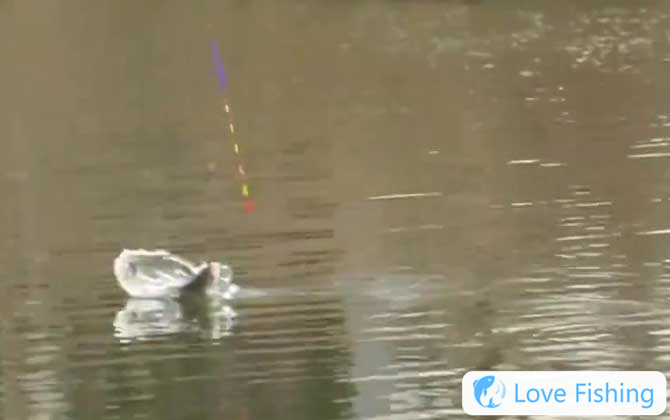
8. Fishing
1. No mouth: means that no fish eat bait. Factors such as bait, weather, environment, fishing methods may cause fish to not eat bait.
2. The right mouth: refers to the fish's upper lip being stabbed by a fish hook. The right mouth appears to indicate that the method of adjusting the float matches the current fish situation.
3. Double flying: refers to catching two fish at the same time. It is commonly found in Taiwan fishing methods, indicating that the fish has a high density and high enthusiasm for feeding.
4. Continuous rod: refers to a fish that is one after another, and one fish is thrown once, indicating that the fish is dense and has a high enthusiasm for feeding.
5. Burst protection: refers to fishing for a lot of fish, so that the fish guard (the tool used for temporary fishing when fishing) is almost broken.
6. Air Force: refers to not catching fish and returning empty-handed. Similarly, there are turtle-killing, Air Force One, pilots, etc.
About us| Privacy Policy| Contact Us
Copyright © 2023-2030 Copyright@Love Fishing XML map